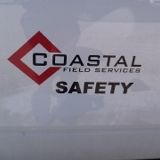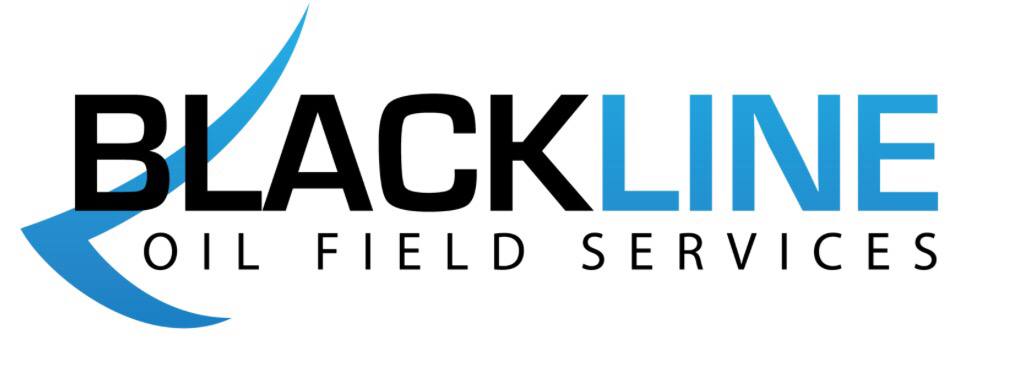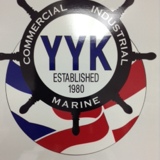Information
-
Job Number
-
Audit Title
-
Conducted on
-
Prepared By
- Ron Pivaro
- Carlos Sosa
Pre Job Safety Orientation
-
Safety Orientation
-
Respirator Medical Evaluation
-
Respirator Fit Test
-
Aerial boom license
-
OSHA 10 Hour Certification
-
S2P2 Qualifications
Pre Task Meeting
-
Site Specific Emergency Procedures
-
Any confined space entry to be coordinated
-
Hazard Communication
-
Paint Sample Results Received
Abrasive Blast Equipment Setup
-
All services run in an organized, low travel area and marked with caution tape as needed
-
All electrical equipment installed by YYK electricians only
-
Lock Out Tag Out procedures followed
-
Is all equipment properly grounded and guarded
-
Are spotters being when moving equipment
-
Do all compressed air hoses have chokers (safety chains) intalled
-
Is hearing protection being used at all times in production area
-
Are there any requirements to access areas in excess of 5 feet to include access to blast pots or hoppers
-
Has YYK Safety Rep been consulted prior to access of these area to determine specific needs
-
Are safety harnesses and lanyards inspected and available
-
Are blast hose couplings wrapped in rubber and run through vac lines if there is danger of contaminating surrounding water
-
Are dust collector chute ends capped and sealed tightly during transportation to prevent fugitive dust emissions
-
Are vacuum lines that may run over water of one continuos segment
-
Are dust collector chutes spliced together
-
If so is a secondary wire attached to connect and electrically bond the two segments
-
Has continuity test been performed by YYK Electrician
-
Has YYK continuity test form been filled out
Air Compressor
-
Are secondary containments and berms established prior to equipment setup
-
Are drums in place for water collection
-
Are employees using caution around vac lines
-
Any hot surfaces identified with signage
-
Are compressed air lines secured by metal couplings and safety chains (chokers)
-
Are compressed air lines secured by metal couplings and safety chains (chokers)
-
Are Dehumidifier air lines secured by metal couplings and safety chains (chokers)
Blast Pot and Hopper
-
Are compressed air lines secured by metal couplings and safety chains (chokers)
-
Are Guillotine hoses maintained in safe working condition and inspected periodically for soft spots or wear
-
Have Guillotine hose been run to minimize potential injury in the event of a blow out
-
Is crew following SOP when loading blast pots/hoppers with bulk abrasive grit bags
-
Have sufficient dust control measure been put into place
-
Is all equipment properly grounded
-
When necessary has secondary containment been put in place before setup
-
Are workers exercising extreme caution when working around Guillotine hoses
-
Is only the blast pot operator working on or around the blast pot during operation or when it is pressurized
-
Is SDAPCD permit and SOP posted on equipment
-
Are "Danger confined space--enter by permit only" signs posted
Vacuum
-
Setup and grounded by YYK electrician
-
Any hot surfaces identified with signage
-
Are employees exercising caution when raising/lowering bag house (if equipped)
-
Are employees using caution around vac lines
Abrasive Blasting
-
Have blast hoses been inspected for wear
-
Is scaffold in good condition and GREEN TAGGED
-
Is there sufficient lighting
-
Confined space(s) has been certified by a SCP within the past 24 hours and is valid for the time of work being accomplished
-
Have communication signals been established between the boasters and the blast pot operator
-
Have blasted coordinated work efforts to minimize possibility of sweeping near another blaster within the same space
-
Is crew minimizing the buildup of blast media in consideration of engulfment hazard, supporting structure overloads (scaffolds) and blockage of egress routes
-
Are employees using caution around vac lines
-
Add signature
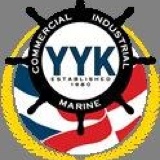







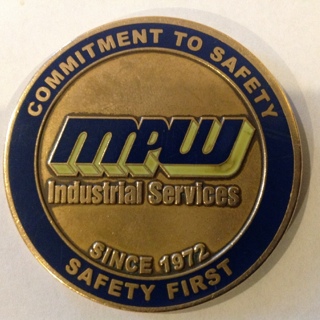
![Host Safety Self-Assessment [GF 101-6] (1) Host Safety Self-Assessment [GF 101-6] (1)](/media/0e4893ff-f1e1-4f5c-bc6d-f06848ebdee2)
